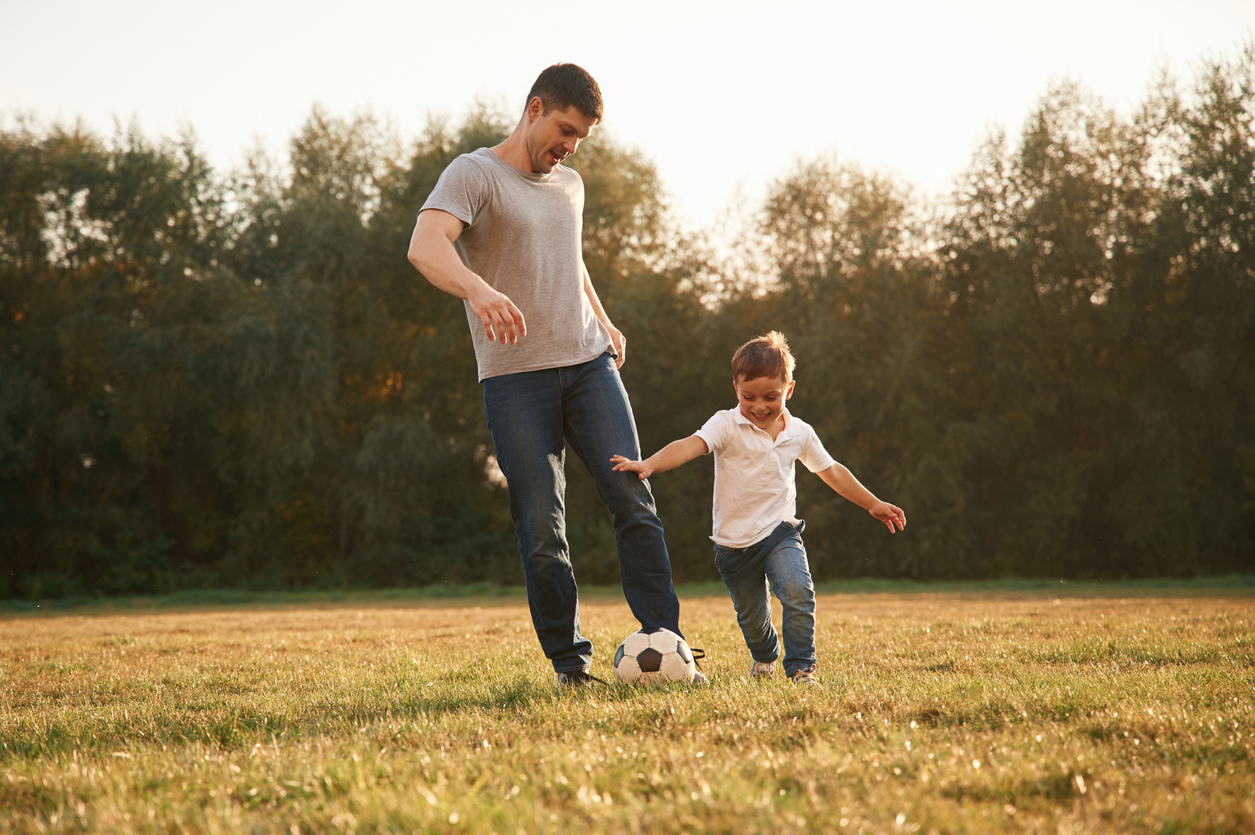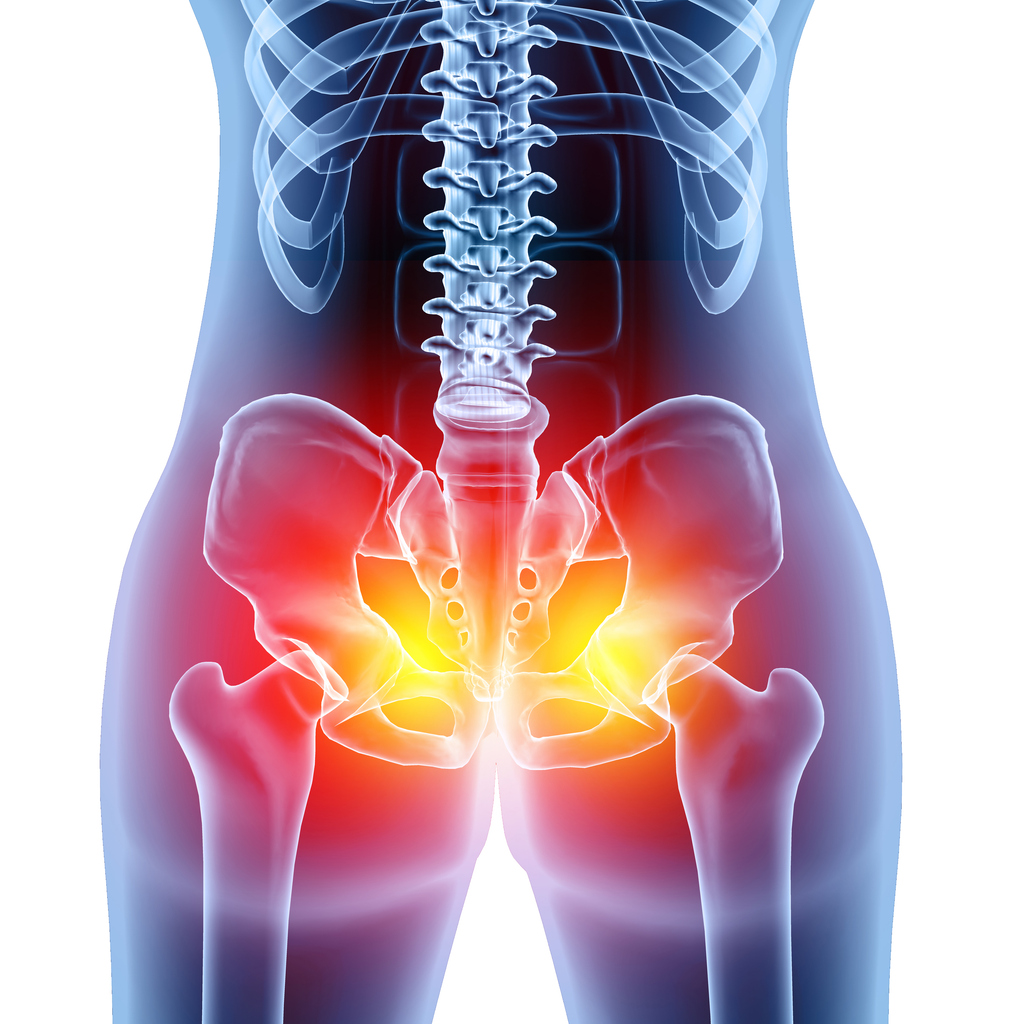
A sports hernia, also known as a sportsman’s hernia or Gilmore’s groin, can cause discomfort or even pain in the groin. We understand that groin pain can be worrying — especially when it starts affecting your ability to stay active or enjoy the activities you love. At Hernia Clinic Hampshire, we want to bring you peace of mind about your condition and help you make informed decisions about how to manage it.
Our approach is simple: from a tailored recovery programme to diagnosis, treatment – and surgery only if it’s truly needed – we’re here to support you with compassionate care, clear guidance, and a recovery plan that can fit around your lifestyle.
A sports hernia/Gilmore’s groin consists of one or more injured parts – there is always an injury to the muscles/ligaments/fascial layers that attach to the pelvis in the groin. This causes pain and is brought on by activity, particularly activity that uses the injured part the most.
Affected muscle groups can include your abdominal core muscles (including the inguinal canal, which can also be the site of inguinal hernias), hamstring muscles and thigh adductor muscles.
These muscle groups are used a lot and it can be very difficult to rest the injured part, leading to re-injury that then takes longer to settle and could become a long-term injury. Repeated muscle tears can lead to weakening over time and cause pain without a hernia, until eventually all the muscle layers are affected and a true hernia develops.
Sports hernia symptoms can include pain associated with a few actions in particular. This pain is improved when the muscles can be rested. This is often followed by repeated re-injury so that the pain becomes long term. Occasionally, a bulge may be noted in the affected groin.
US scans often will not reveal anything or may show bulging without a true hernia. An MRI will sometimes note the injured tissue if it is performed when symptoms are significant. This can help guide a physiotherapist in structuring an exercise programme, or in some cases lead to treatment such as an injection into the injured part to aid injury, particularly if re-injury occurs.

With a sports hernia/Gilmore’s groin, you need to rest the injured muscle group(s) as much as possible. For example, if kicking a football causes the symptoms, stop kicking footballs. Instead, rest the area and take pain relief as required until the discomfort has resolved. In this period, an US scan and/or MRI may be done on the injured area.
Once symptoms have gone while at rest, a gentle exercise programme based more on isometric exercises and stretching such as Pilates and Yoga will help to recondition the injured areas. Seeing a physiotherapist for guided exercise is also recommended. It can take between 6 weeks to 6 months to get through this stage.
Once you are comfortable again with gentler activity, other sports such as running, cycling and swimming can be restarted. Once these are comfortable, all other activities can be restarted.
If pain recurs in any of these phases, you need to return to the beginning and start again. It is important to take it slowly in order to avoid repeated injury as this is harder to resolve long term. Some muscle injuries will respond to an image guided injection.
If after 6 months little progress is being made, surgery can sometimes help to repair partial tissue injury or encourage more scar tissue to strengthen the repair site. This is very similar to a hernia repair.
The Hernia Recovery Programme developed by Hernia Clinic Hampshire helps at each stage of your recovery from a sportsman’s hernia/Gilmore’s groin:
Hernia Clinic Hampshire aims to help you find relief, rebuild strength, and return to the activities you enjoy. Have a look at our Hernia Recovery Programme or contact us today to book an appointment with our expert Consultant Surgeon.